жЬИжЫЬжЧ•, 8жЬИ 30th, 2010...9:35 AM
Hydrangeas – Exploring Hase, Kamakura Part1
Reading time: About 4 minutes
Hydrangeas – Exploring Hase, Kamakura Part1June 17th, 2010
Hydrangea bloom all throughout Kamakura, but places of interest in particular are divided around the Meigetsu-in and Engaku-ji Temples in the Kitakamakura area, and the Hasedera and J≈Нju-in Temples in the Hase вАУ Yuigahama area.
The best time to see hydrangea in bloom is from the beginning of June until mid-July. The location and type of blooming hydrangea varies slightly depending on the yearly weather, but the period which you can enjoy these flowers is longer than that of cherry blossoms, another popular flower for viewing.
Since the rainy season started we havenвАЩt had very nice weather, so when it turned nicer this afternoon, I quickly headed over to Kamakura. The trip from Tokyo takes about one hour, making it easy to go and come back in the same day, or even spend only half a day while still seeing the main sights.
There were crowds of people as soon as I arrived at Kamakura station, where I switched to the Enoden line and headed to Gokuraku-ji Temple.
People from Kamakura, sightseers, students and others, waiting for the Enoden train.
The Enoden tram line connects Kamakura with Enoshima Island and all stops in between.
It is a five minute walk from Gokuraku-ji Temple to our first destination, J≈Нju-in Temple. There is a staircase at this temple with 108 steps from which the entirety of Yuigahama, along with over 260 blooming hydrangeas can be seen.
Famous for being a вАЬpower spot,вАЭ many people come to worship in front of this statue of Acala, a god of marriage.
Below our eyes is Yuigahama, with hydrangea growing on both sides of the pathway
Vividly coloured hydrangea
In Japanese culture, hydrangeas are said to harmonize with the gloomy, rainy atmosphere which is common during the rainy season, but are also a sight to see during clear weather.
There were many elementary students visiting Kamakura on their school trips
Many guidebooks had a planned route for one to take from here to the Goreijinja Shrine, but today I decided to take a path less travelled and go through Yuigahama. The beach at Yuigahama rivals the one at Shonan in popularity. This is probably due to the fact that it is close to Tokyo, because the water itself is not as nice, but the beach still gets quite crowded during summertime. The fireworks festival held every August has become a signature summer event in Kamakura.
In summer, this 900m long arch-shaped beach is lined with over 30 beach huts
On this day the temperature went above 30 degrees, giving these students reason to enter the water
KamakuraвАЩs famous вАЬhimono,вАЭ dried fish. This is a picture of my encounter with some barracuda being dried in the sunlight
The Goreijinja Shrine, built during the Heian period, is found close to the railway tracks of the Enoden line. The fact that this spot is perfect for taking pictures of both the railway and the hydrangea that bloom alongside it makes it a popular place for photographers.
On the left hand side are hyndrangea, and further back a tunnel
When the train passes through, it is possible to capture a shot like this
The Goreijinja Shrine is popular even among the locals
There are many different types of hydrangea which are planted at this location. While these flowers arenвАЩt as showy as those in other places, there are some rather unusual varieties growing here, and closer observation may reveal a new discovery.
A small pink blossomed hydrangea with an unusual form
A pure-white flowered hydrangea. This one gets a lot of attention
This hydrangea has characteristically large blossoms
Related Post
*Hydrangeas – Exploring Hase, Kamakura Part2









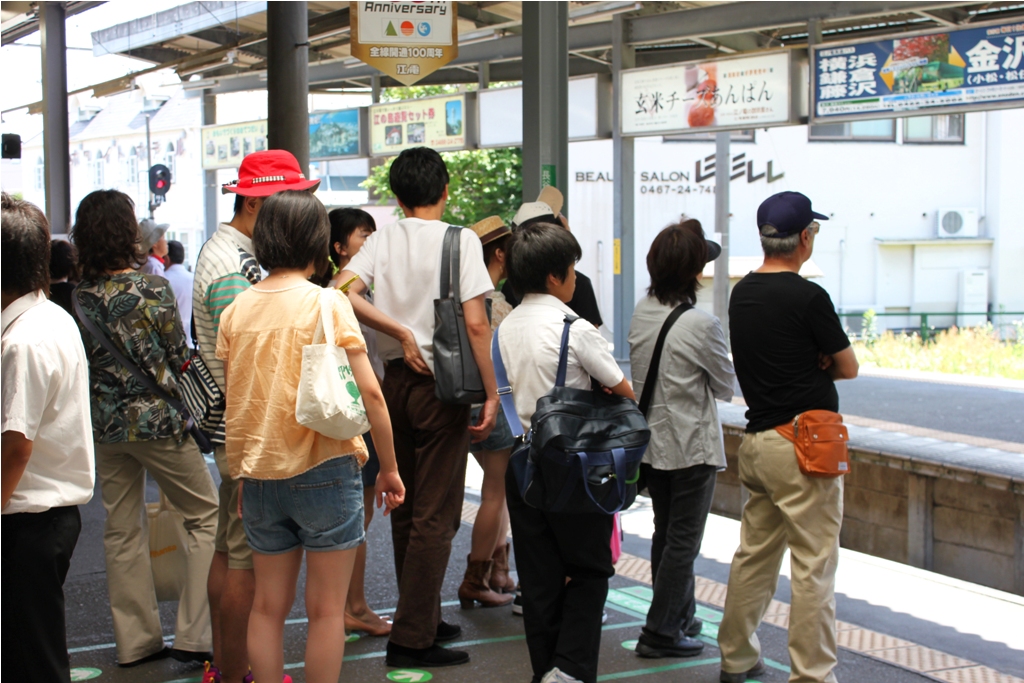
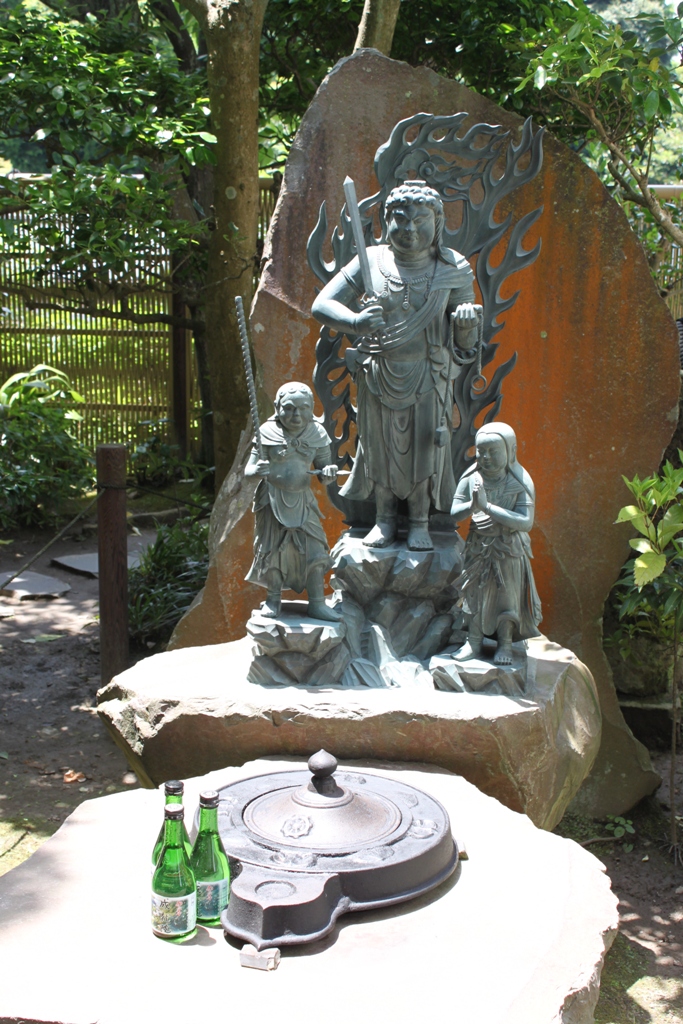
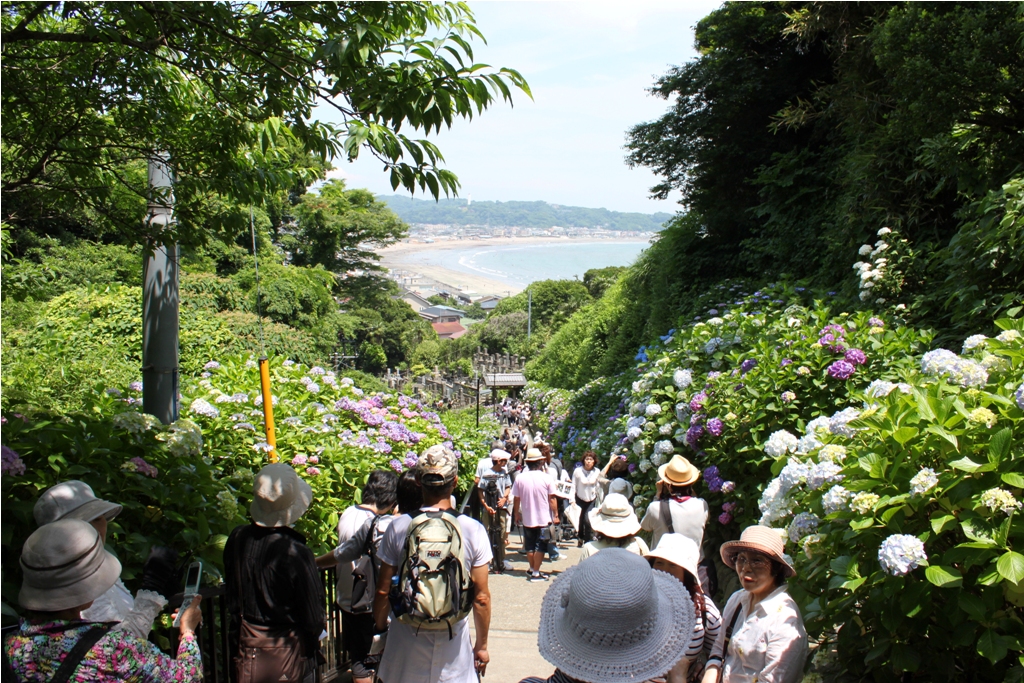
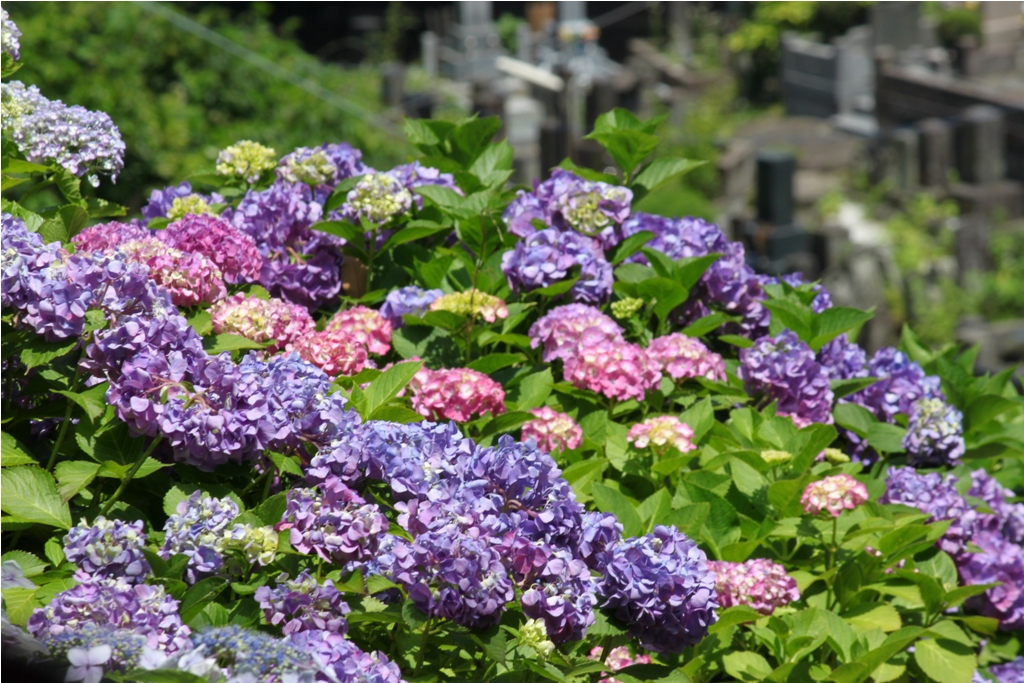
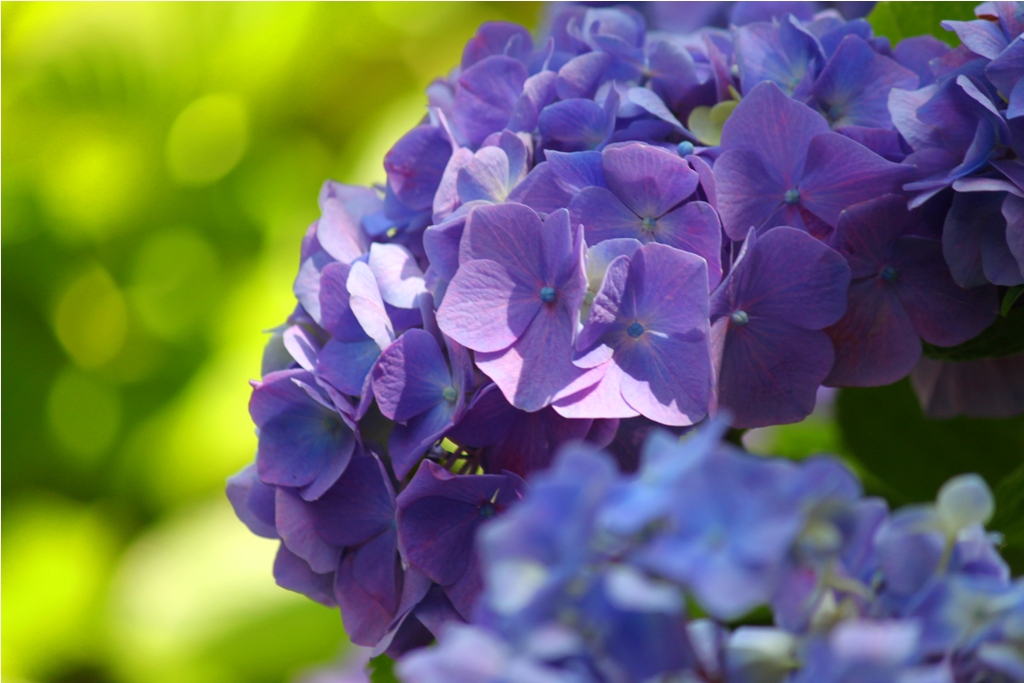
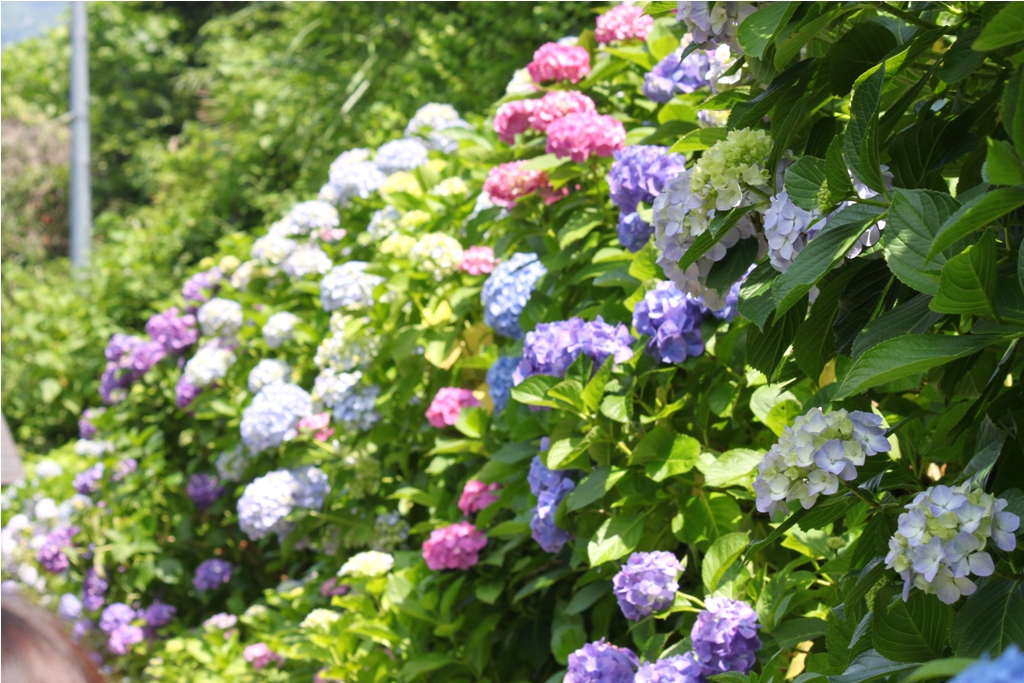
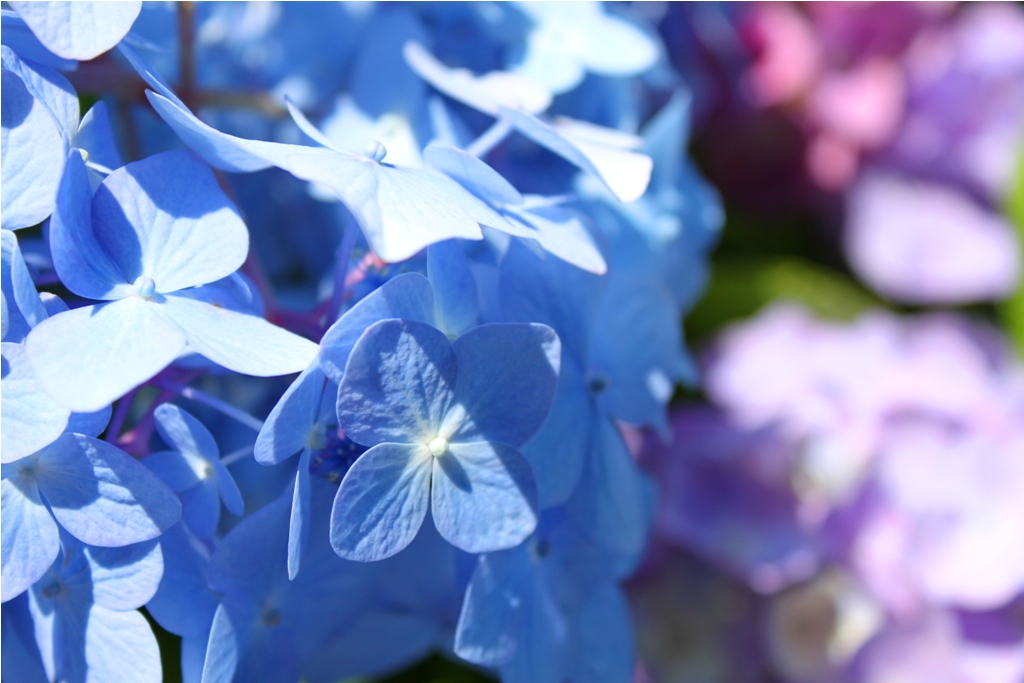
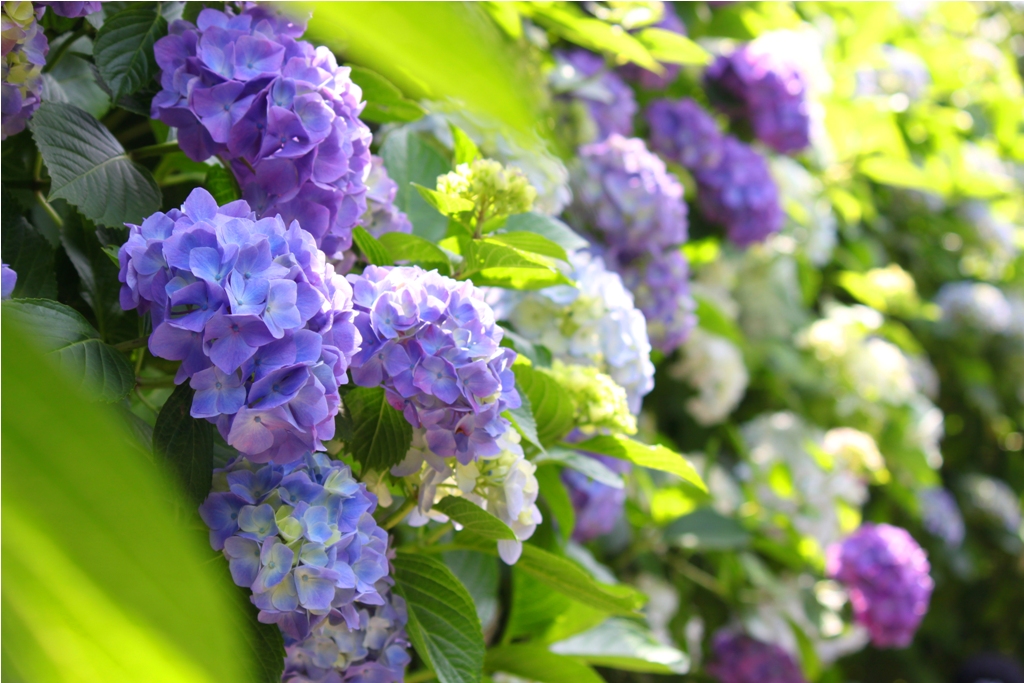
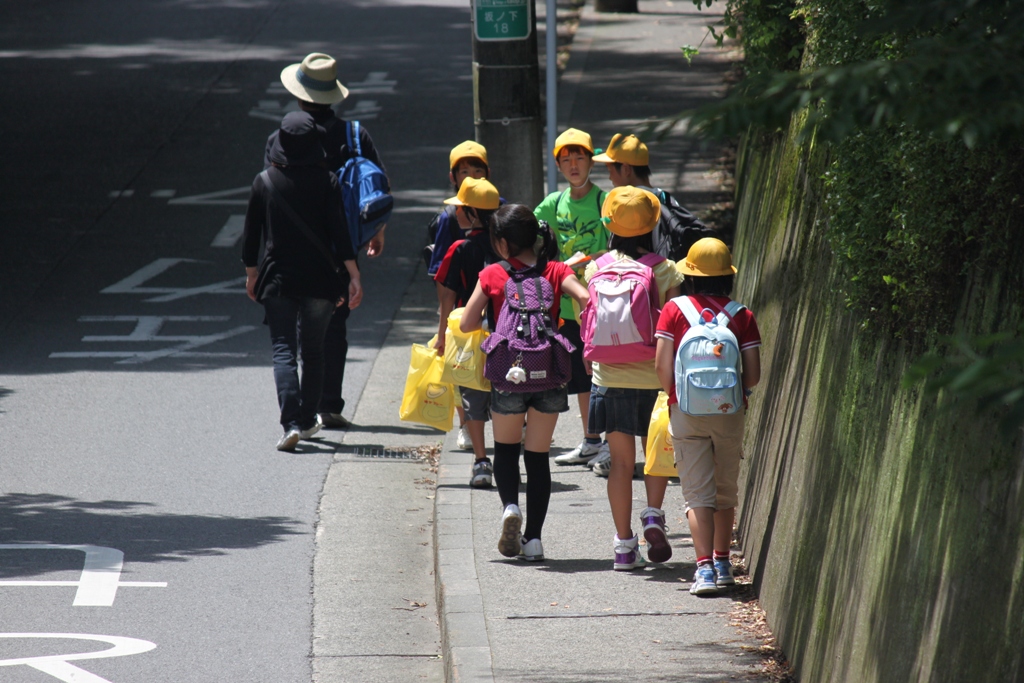
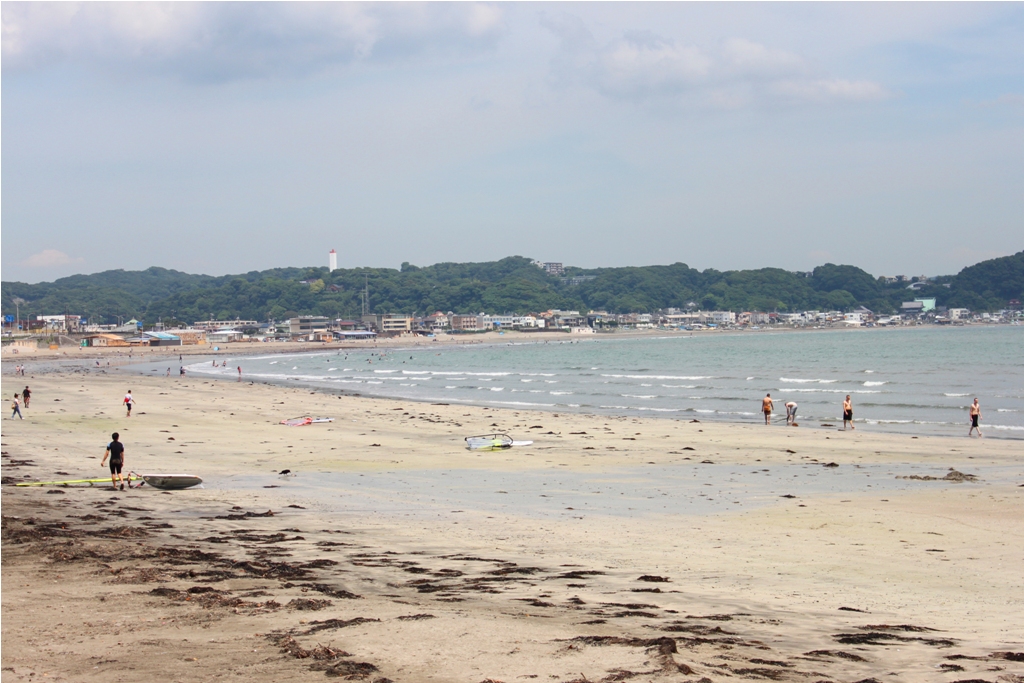
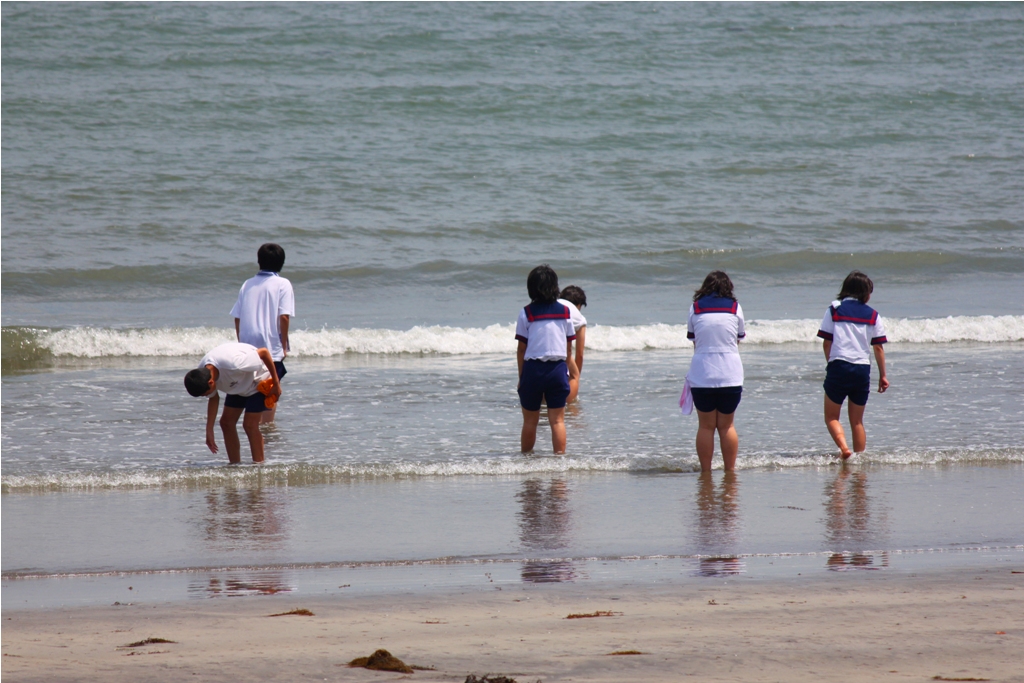
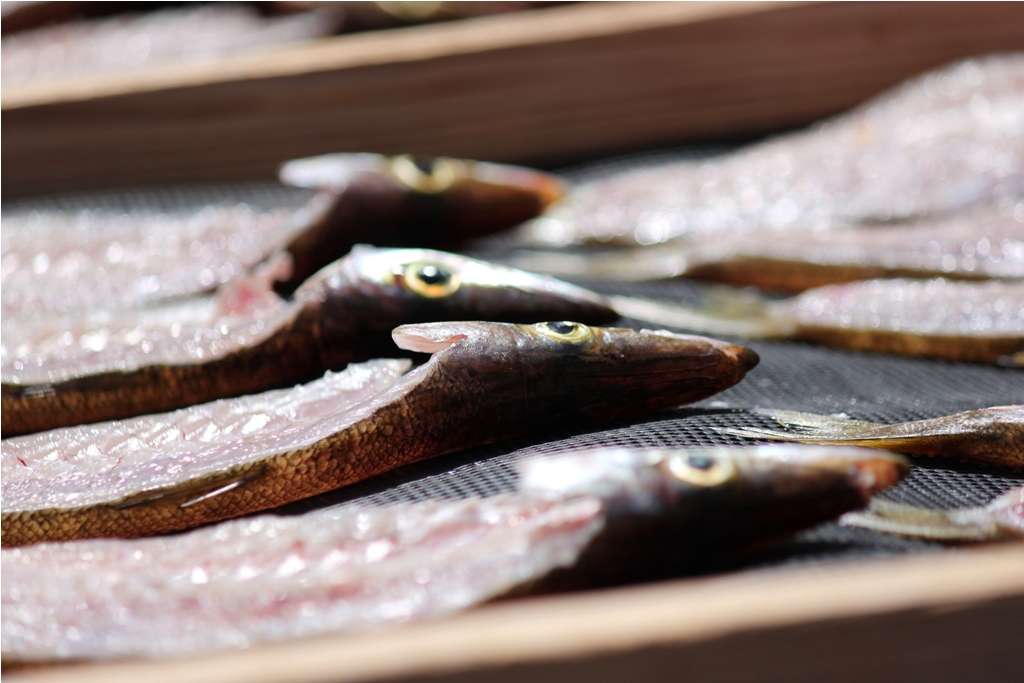
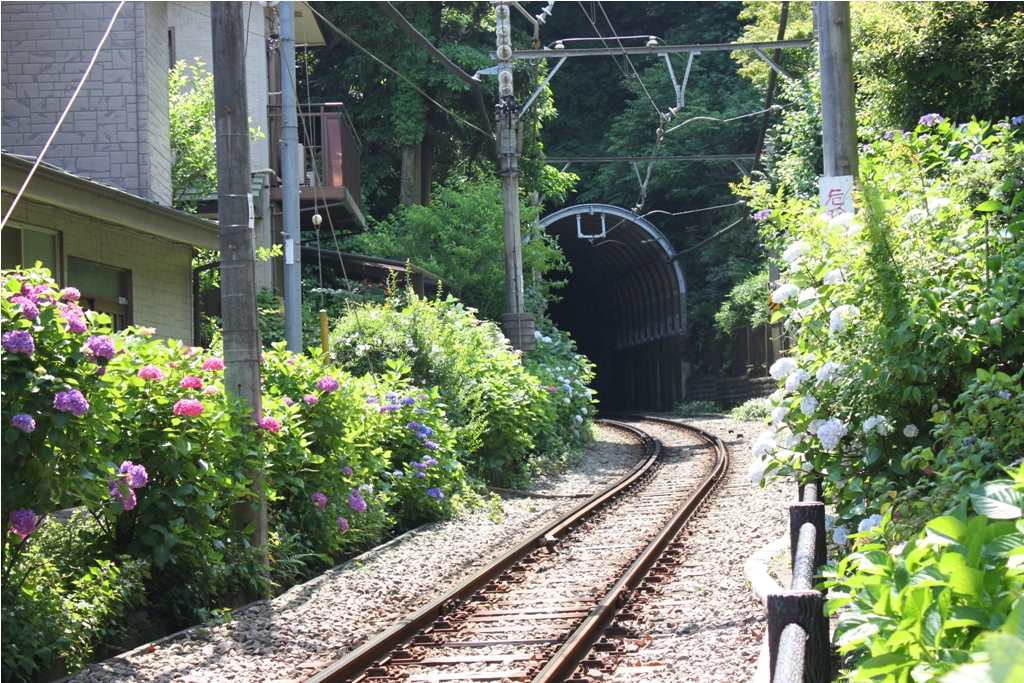

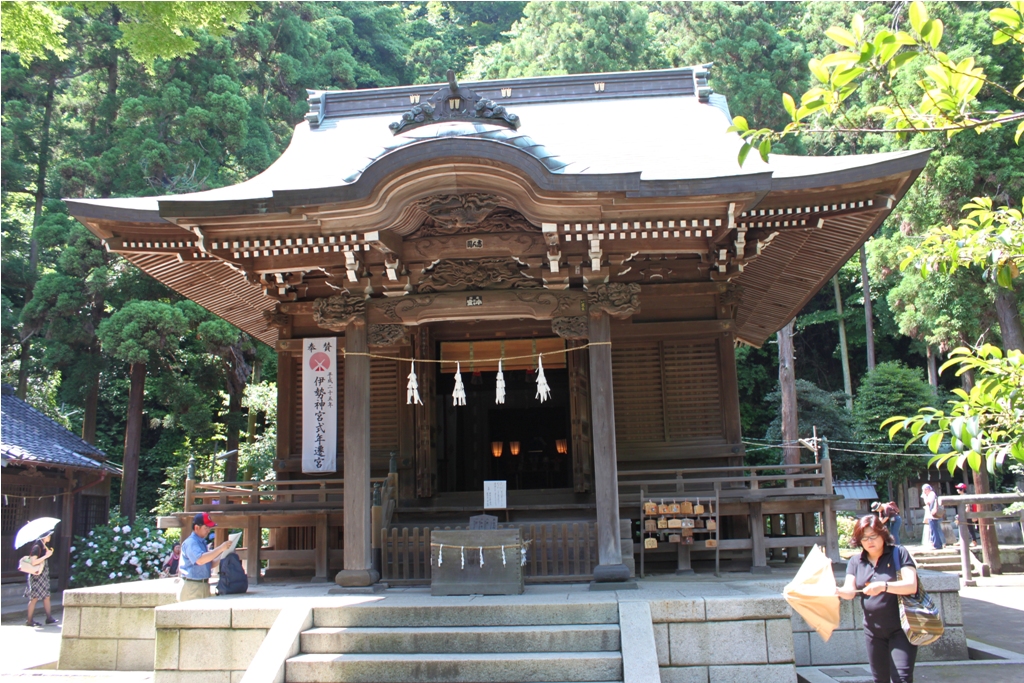
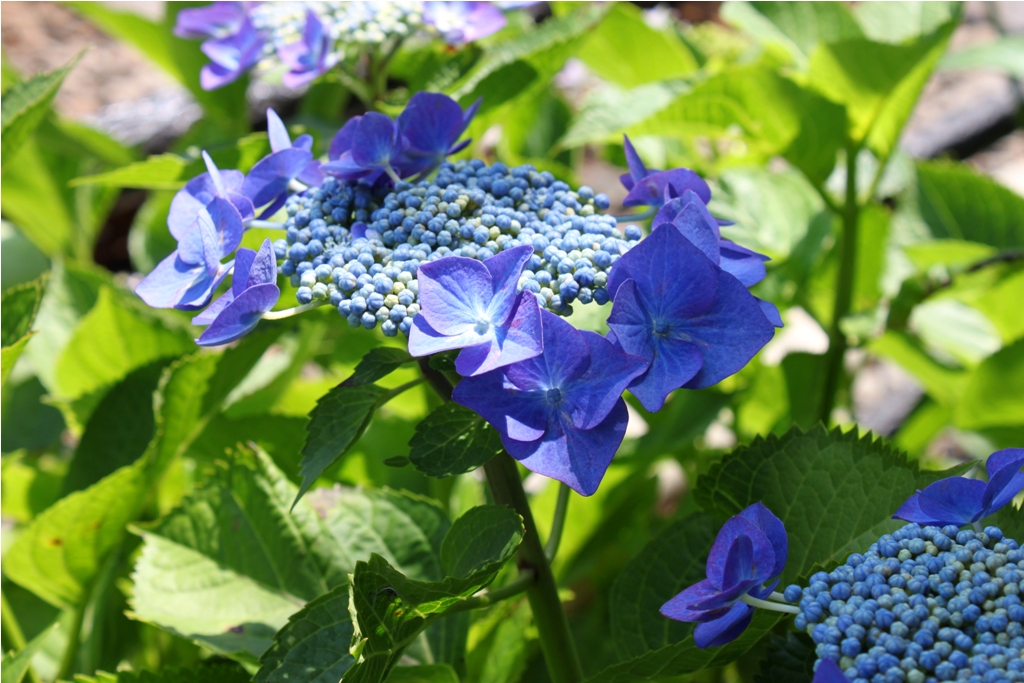
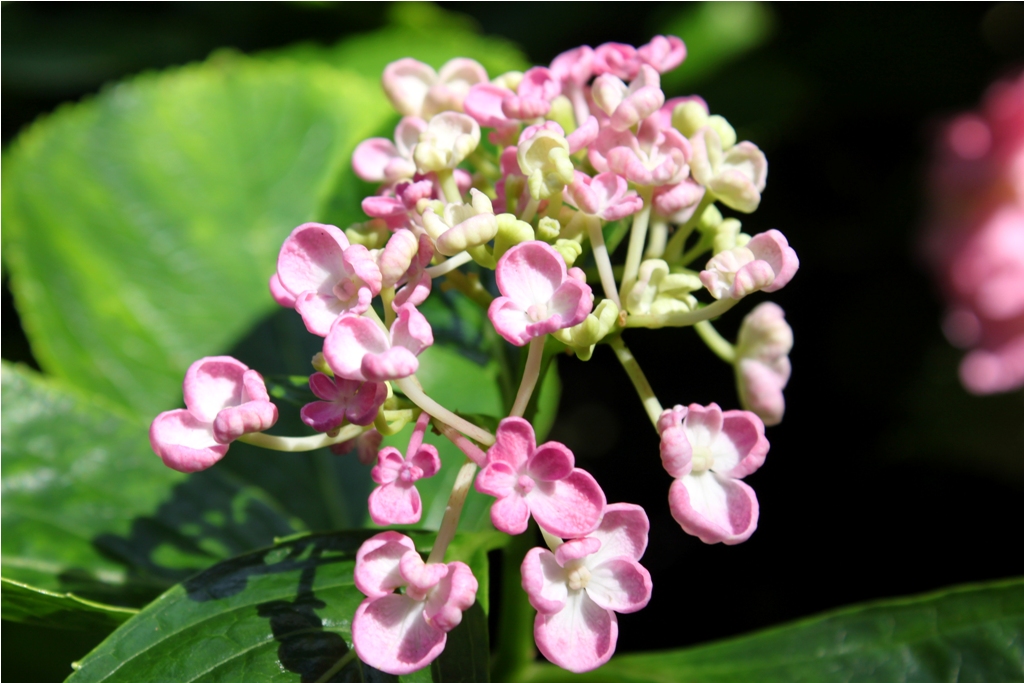
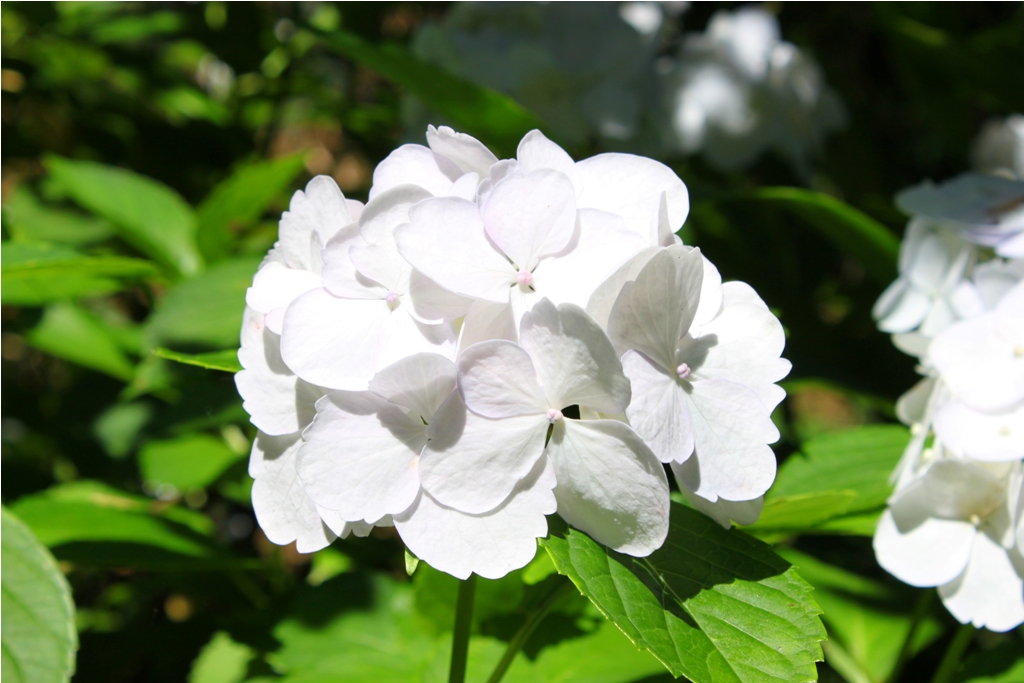
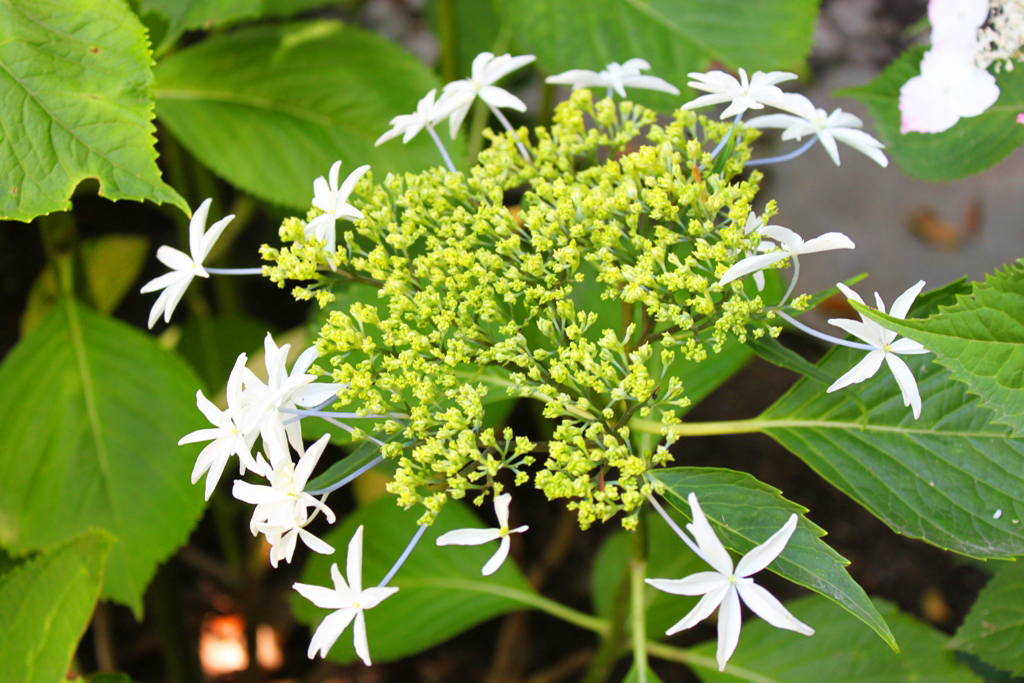











Leave a Reply